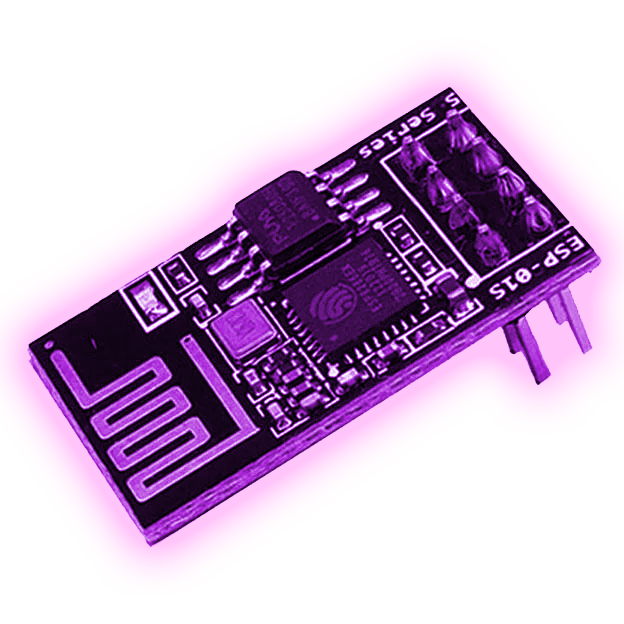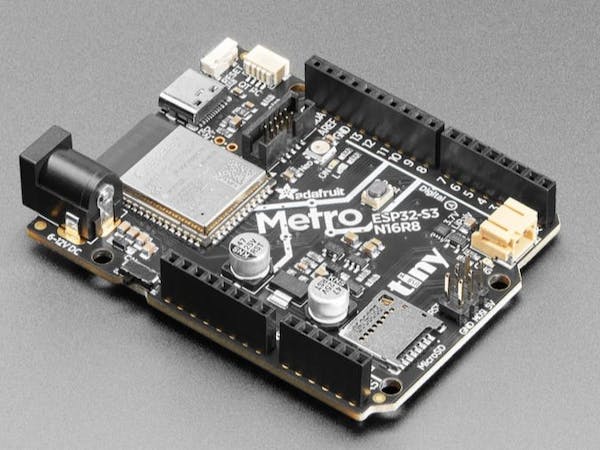I realize this story is about the ESP32-S3, but the OTHER board discussed in that article is way more intriguing to me.
This, in turn, followed on from the Metro M7, based on NXP’s i.MX RT1011 “crossover microcontroller unit” — offering a much more powerful take on the Arduino UNO form factor, which itself has since been updated with the release of the modernized UNO R4 Minima and WiFi.
Wait, wut? They’ve got an i.MX unit? Well now I’m super intrigued. I’ve posted about the difference between Microcontrollers and Microprocessors in my guides. But the i.MX series from NXP tries to toe the line inbetween the two categories. A Cortex M7 though is still solidly “Microcontroller” to me, but any i.MX will intrigue me because its specs are incredibly high for a uC (or incredibly low-power for a uP).
With regards to Arduino form factor… the size roughly compares to 3x AA NiMH cells or larger 18650 Li-ion cells. Its a good size for portable applications, though a bit larger than something you’d reliably put inside a pocket (big pockets can probably fit Arduino form factor + batteries though).
Adafruit themselves seem to be most interested in the Cosplay-electronics community, so something like this would be a wearable that you’d hide in your costume somewhere. (Ex: controlling the lights to an Overwatch costume or other “techie” video game costume that needs a lot of lights, fiber optics, and the like).
In any case: that’s three boards with three different sets of capabilities: from the lowly RP2040, to ESP32-S3, to i.MX Cortex M7 “crossover” chip.



